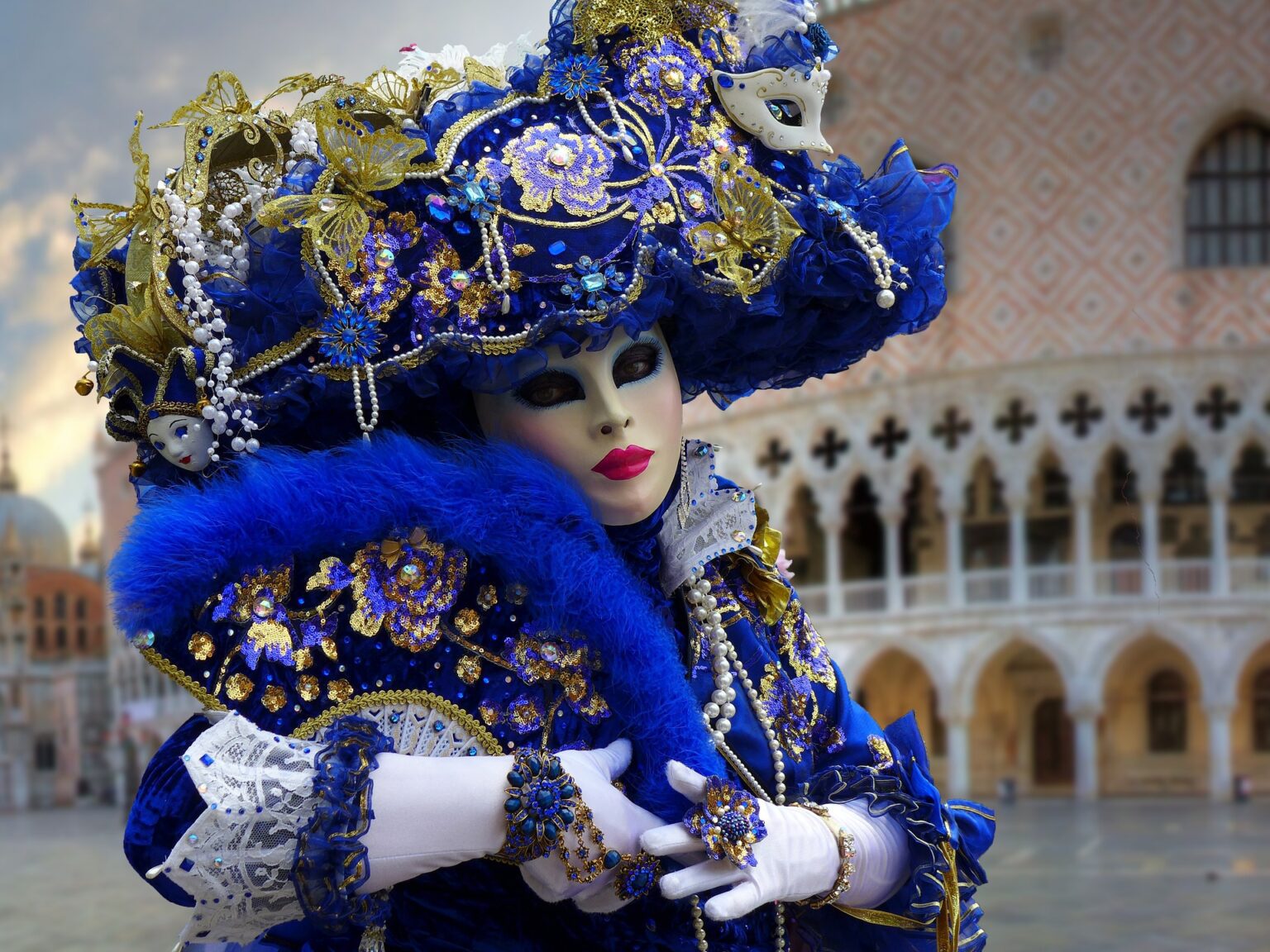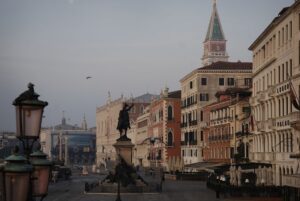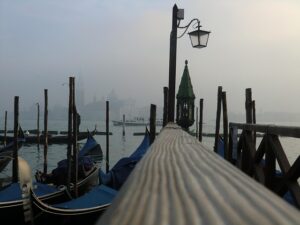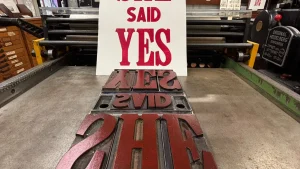Venice Carnival — The Magic, Mystery, and Masks of the World’s Most Enchanting Festival
Once a year, Venice becomes a dream. When the Carnival of Venice begins, the city transforms into an open-air stage filled with swirling capes, shimmering masks, and centuries of history brought back to life. It’s one of the most extraordinary celebrations in the world — and one of the most beautiful ways to experience the real Venetian spirit.
🎉 A Festival Born from History
The Venice Carnival is one of the oldest festivals in Europe, with origins stretching back nearly 1,000 years. It began as a spontaneous celebration of joy and freedom after the Venetian Republic’s victory over Aquileia in the 11th century. By the 14th century, it had become an annual event — a time when social rules could bend, identities could blur, and everyone could dance together in disguise.
For centuries, Carnival symbolized Venetian freedom. Behind a mask, nobles and commoners mingled as equals. Love affairs, secret plots, and elaborate parties unfolded across palaces, theaters, and canals. When Napoleon conquered Venice in 1797, Carnival was banned — but its spirit never died. In 1979, Venice revived its beloved festival, and today, it attracts visitors from around the world.
✨ Discover Carnival Venice on a Private Walking Tour
🗓️ When Does the Venice Carnival Take Place?
The Venice Carnival usually begins about two weeks before Ash Wednesday and ends on Shrove Tuesday (known as Martedì Grasso or Fat Tuesday). The dates change each year according to the Easter calendar — but February is always the heart of the celebration.
Throughout those magical weeks, you’ll find mask parades in St. Mark’s Square, floating performances on the Grand Canal, street musicians in every campo, and grand masked balls in historic palaces. The entire city becomes a living artwork.
🎭 The Story of Venetian Masks
Masks are the beating heart of Carnival. The tradition began in the 13th century, when Venetians wore masks not just for fun — but for freedom. Behind a mask, you could gamble, flirt, or criticize politicians without consequence. It was anonymity in its most elegant form.
By the 16th century, mask-making had become an art in itself. Skilled craftsmen known as maschereri created masterpieces from papier-mâché, leather, silk, and gold leaf. The Republic regulated their trade, and their work became one of Venice’s most prestigious crafts — a legacy still alive today in workshops across the city.
Want to make your own? Join our Venetian Mask Workshop to paint, decorate, and create your own mask with a real Venetian artisan — a once-in-a-lifetime experience.
🎨 Book Your Venetian Mask Workshop
👑 The Most Famous Venetian Masks
Each mask has its own story — part theater, part myth, and part mystery. Here are the most iconic styles you’ll see during Carnival:
- Bauta: The classic full-face mask, worn by both men and women. It covers the whole face with a squared jaw and sharp angles. The Bauta was once the official mask of Venetian society — worn for politics, secret meetings, and romantic adventures alike.
- Colombina: A half-mask that covers the eyes and nose, leaving the mouth visible. Originally worn by women, it’s often decorated with glitter, feathers, and gold leaf.
- Medico della Peste (Plague Doctor): With its long beak and round eyeholes, this eerie mask was originally worn by doctors during the Black Death. It’s now one of the most recognizable symbols of Venice.
- Moretta: A mysterious black velvet mask worn by women and held in place by biting a button inside the mouth — sensual and silent.
- Zanni: The comic mask of servants and tricksters in Venetian theater, featuring an exaggerated long nose — a nod to mischief and humor.
- Volto (Larva): The simplest and purest design — a smooth white face representing both anonymity and purity. Still a favorite for elegant costume balls.
🎨 How Venetian Masks Are Made
Traditional mask-making in Venice is a fascinating process that combines art, history, and patience. Artisans still follow centuries-old techniques:
- Design: The artist sketches the mask’s shape and expression, inspired by characters from Commedia dell’Arte or Carnival tradition.
- Forming: Layers of papier-mâché or plaster are molded onto a wooden form, then dried and smoothed.
- Painting: The surface is hand-painted using natural pigments, gold leaf, or marble dust to achieve rich Venetian textures.
- Decoration: Feathers, crystals, lace, and beads are applied — every detail is unique, and no two masks are ever the same.
You can witness these steps in person at our Venice Hands-On Workshops or visit one of our favorite artisans during the Off-the-Beaten-Path Tour — where centuries of craftsmanship come to life before your eyes.
💋 Masks and Casanova — Venice’s Legendary Lover
No story of the Carnival would be complete without mentioning Giacomo Casanova — Venice’s most notorious romantic. In the 18th century, he attended countless masked balls and salons, using disguises to charm women, outwit rivals, and escape the law.
Behind his mask, Casanova symbolized the essence of Carnival: freedom, seduction, and rebellion. His adventures — described in his memoirs “The Story of My Life” — captured the hedonistic spirit of the Republic’s final days. Even today, when you put on a mask at Carnival, you’re stepping into the same forbidden elegance Casanova once knew.
💞 Explore Romantic Venice — From Casanova to Carnival
☠️ The Plague Doctor Mask — From Horror to Icon
Perhaps the most haunting Venetian mask, the Medico della Peste (Plague Doctor), dates back to the 17th century. During the Black Death, doctors wore long leather coats, gloves, and a mask with a long beak filled with herbs and spices — believed to purify the air and protect them from disease.
The costume was both practical and terrifying — a mix of superstition and science. Today, the Plague Doctor mask has become one of the most powerful symbols of Venice’s resilience and imagination. You’ll see it everywhere during Carnival, reminding visitors of the fine line between fear and fascination that defines this city.
📸 Experiencing the Venice Carnival Today
Modern Carnival blends historic tradition with pure theatrical magic. Expect gondola parades, classical concerts, fireworks, street acrobats, and exclusive masked balls in palaces like Palazzo Pisani Moretta or Ca’ Vendramin Calergi.
Here’s how to make the most of it:
- 🕰️ Arrive early — The best events fill up fast. Secure your Vivaldi Concert Tickets for a night of Venetian baroque music.
- 🎟️ Book skip-the-line tickets for key museums like Accademia Gallery or Doge’s Palace.
- 🚤 Use a Vaporetto Pass to move around easily between events — grab yours here.
- 👗 Rent or buy a mask from an authentic artisan instead of a souvenir shop. It’s worth every euro — and supports Venice’s living traditions.
And if you really want to live the magic, join our Romantic Gondola Experience during Carnival — a fairytale ride through Venice’s illuminated canals.
💫 Venice Carnival — Where Time Stands Still
Every February, Venice becomes a living dream — a place where past and present meet in a swirl of color, music, and mystery. From the aristocrats of old to today’s travelers, the Venice Carnival continues to remind us that beauty, art, and imagination never fade.
So, will you join the masquerade?
🎭 Create Your Own Venetian Mask
🕯️ Book a Private Carnival Tour in Venice
FAQs About the Venice Carnival
When does the Venice Carnival take place?
The Venice Carnival usually begins two weeks before Ash Wednesday and ends on Shrove Tuesday (Martedì Grasso). Dates change each year, but February is always the highlight. To experience it like a local — from masked parades to artisan ateliers — join our Private Carnival Tour in Venice for exclusive insights, skip-the-line tickets, and hidden photo spots.
Where can I buy or make an authentic Venetian mask?
Avoid tourist stalls and visit real maschereri (mask makers). You can even create your own during our Venetian Mask Workshop, a hands-on experience led by a local artisan who teaches the traditional papier-mâché and gold-leaf techniques that have defined Venice for centuries.
What are the must-see events during Carnival?
Don’t miss the Flight of the Angel over St. Mark’s Square, masked parades along the canals, and exclusive palace balls such as those at Ca’ Vendramin Calergi. For a perfect evening, pair your mask with music at a Vivaldi Concert or glide through illuminated canals on our Romantic Gondola Experience.







